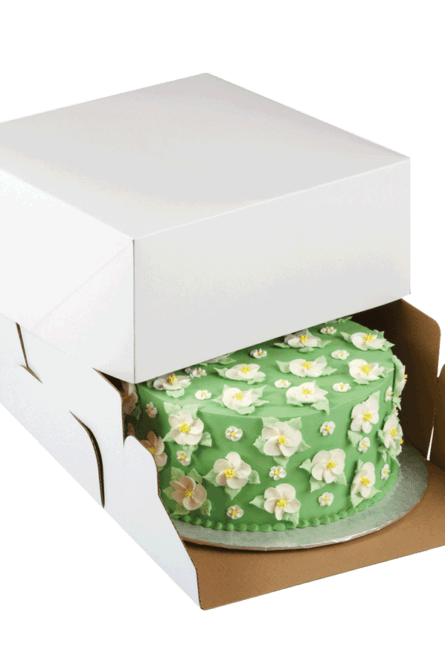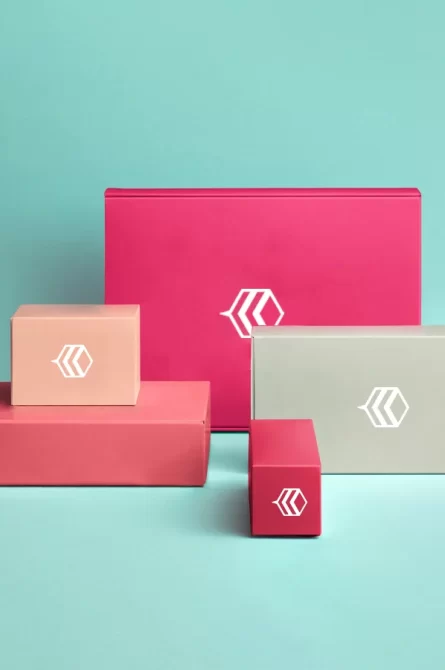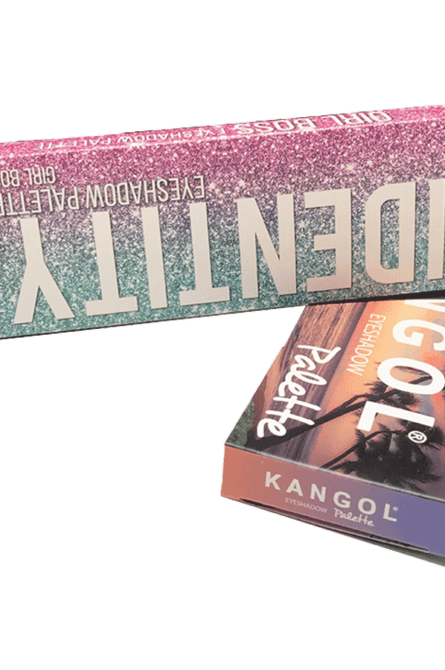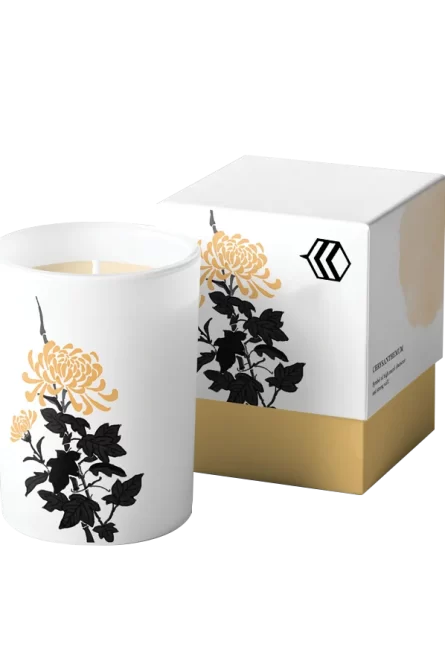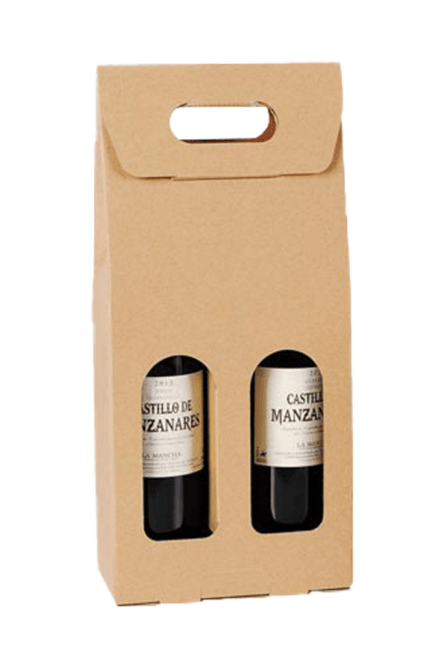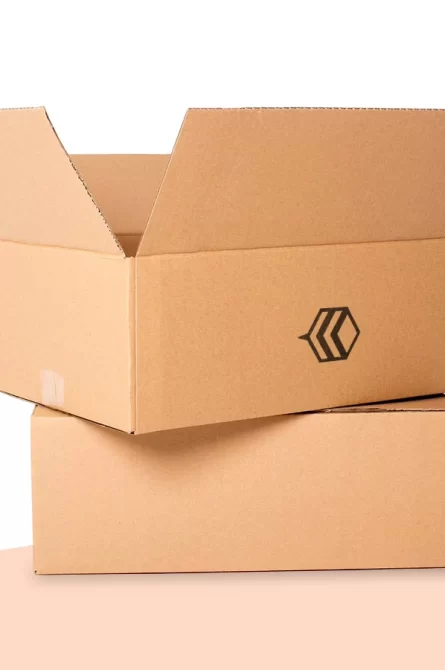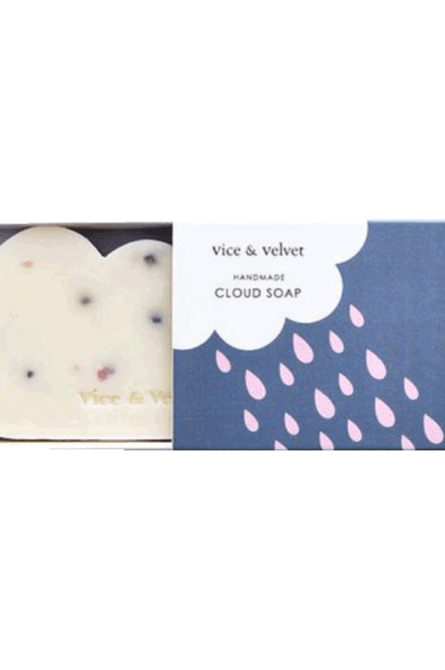21

E commerce packaging is what ensures that your product arrives in excellent condition in the hands of your customers, but it can also provide other benefits.
Your brand’s narrative can communicate via your packaging, which can also help you build meaningful relationships with your clients and wow first-time consumers. All it takes is some creative problem-solving, both within and outside the box.
What Is E commerce Packaging?
The packaging used to transport your items directly to your online clients and everything around it, such as its design, and filler material, are included when we speak about e-commerce packaging. anything used to transport your goods from point A to point B while being wrapped around it. In addition, e commerce packaging, from a logistical perspective, determines whether your product is securely in the hands of your client or dispersed over the UPS truck in fragments, but in 2023, it will be much more than that.
Why Does Ecommerce Packaging Ideas Matter?
In addition to safeguarding your goods, e-commerce packaging ideas can serve as both its own kind of advertising and the key to winning over new clients and keeping them coming back for more. It’s a crucial first impression and a visceral, brand-craft experience rather than merely a means to a goal. Ecommerce businesses have the particular difficulty of only being able to provide customers a tangible experience after they have already completed their online purchase.
Because of this, it can sometimes challenging for a customer to identify with and relate to your brand. Brick-and-mortar businesses are better for this since customers can handle products in their hands before making a purchase. Brick-and-mortar shops have a considerably greater variety of opportunities to provide their consumers with an engaging experience than internet firms since they are able to employ real space. For instance, they can design extravagant product displays for their storefronts and windows or eye-catching shelving and signs within the shop.
Another benefit of brick-and-mortar businesses is that they provide consumers the opportunity to see and touch products in person before making a purchase. Internet packaging is essential since Internet retailers can’t provide the same level of luxury.
A further physical touchpoint for your business to captivate and enchant customers is provided by ecommerce packaging. If done properly, it improves the shopping experience, reduces return rates, gives your customers a sense of care, and helps your brand stand out from the competitors. The last interaction a consumer has with you might either seal their decision to stay loyal to you forever or make them change their buying behavior.
What Are The Different Types Of Ecommerce Packaging Solutions?
Ecommerce packaging solutions come in a variety of forms and dimensions, however, utility packaging and branded packaging are two very common package styles that most firms utilize.
- Corrugated boxes
Because of its low weight, which doesn’t raise transportation costs, sturdiness, and ability to recycle, corrugated boxes are the most popular kind of packing. This is just a cardboard box like any other, with a few additional layers added to further insulate the contents from temperature fluctuations, moisture, and shocks.
- Padded Mailers
Padded mailers are envelopes that have additional security built inside of them so that they can securely and snugly transport tiny and delicate items, such as books, jewels, or artisan goods. Although additional bubble wrap and paper are often added to padded mailers to strengthen them, bear in mind that doing so might increase costs and be less environmentally friendly.
- Bags And Envelopes
For transporting things that are tiny and lightweight but not too fragile that cushioning is required, bags and envelopes, especially reinforced bags and envelopes like Tyvek envelopes, poly mailers, or plastic mailer bags, are preferable. Standard shipping bags are typically robust, adaptable, affordable, waterproof, and simple to store. For articles like apparel, bags, and envelopes are ideal.
- Custom Product Packaging
Custom product packaging refers to boxes and protective materials that are manufactured for your goods, maximizing shipment, lowering fulfillment costs, and reducing waste. Moreover, packaging has advantages for almost every sector. Products for health, beauty, and food and drink are just a few examples. When we use the term “custom” product packaging, we also mean styled packaging with your brand’s emblem on it or inside of it, such as a box, bag, tape, or filler.
How Do You Choose Which Packaging To Use?
The boxes for ecommerce you choose will totally depend on the requirements of your company and your goods, but there are a few things that are very crucial to take into account. Weight and look are very important. Ecommerce packaging that is too huge or heavy will be very expensive to transport, while packing that is too light could not provide proper security.
Many companies choose unique ecommerce box design since it directly affects how your product travels (both in terms of appearance and weight). The kind of goods you are transporting should also keep in mind. If the item is perishable, you can want a particular packaging to ensure its longevity. Protecting a delicate item is paramount.
“Packaging helps you make your products stand out.”
The aesthetics of ecommerce packaging can be just as significant for luxury or high-end firms as the product itself. A simple cushion envelope could work for another company, but if it comes from a company carrying pricey jewelry, it might come out as cheap and erode customer confidence. It’s crucial to remember that the attention paid to (or lack thereof) ecommerce packaging is a direct reflection of your brand.
Sustainability is another factor to take into account. Customers like eco-friendly packaging, therefore it’s crucial that your ecommerce packaging reflects this if you’re a business whose main identity is around sustainability. Custom corrugated boxes and other packaging are excellent choices since they are simple to recycle. A padded envelope or corrugate box, on the other hand, that is filled to the brim with bubble wrap or Styrofoam packing peanuts is not very environmentally friendly and will reflect negatively on your business.
What Are The Different Types Of Tape Used In ECommerce Packaging?
The following types of tape are used by e-commerce companies to protect their packages:
- Water-Activated Tape
The majority of the e-commerce sector chooses water-activate tape as their tape of choice. While the adhesive is based on starch, the tape itself is composed of kraft paper. Only when water is applied to the glue on water-activated does it become an adhesive.
Using water-activated tape on packaging results in a solid seal. To make the box impossible to tamper with and to prevent it from harm, the tape adheres to the box and becomes a component of the package. In addition to being more affordable and environmentally friendly than plastic-based tape, water-activated tape is manufactured from paper rather than plastic.
- Heat-Activated Tape
These three kinds of heat-activate tapes are used by the online retail sector:
- Acrylic Packing Tape
Acrylic packing tape is a thin, affordable adhesive that works well for sealing tiny goods inside e commerce packaging.
- Holt Melt Packing Tape
Use hot melt packing tape on corrugated board packaging because it is more durable than acrylic packing tape.
- Hot Melt Packing Tape
Use hot melt packing tape on corrugated board packaging because it is more durable than acrylic packing tape.
- Solvent Packing Tape
The best option for heavy-duty packaging is solvent packing tape, which has the strongest adhesive of the three varieties.
- Custom tape
Adding extra branding to your box is simple and inexpensive when using custom-branded tape.
What Is Inside ECommerce Packaging?
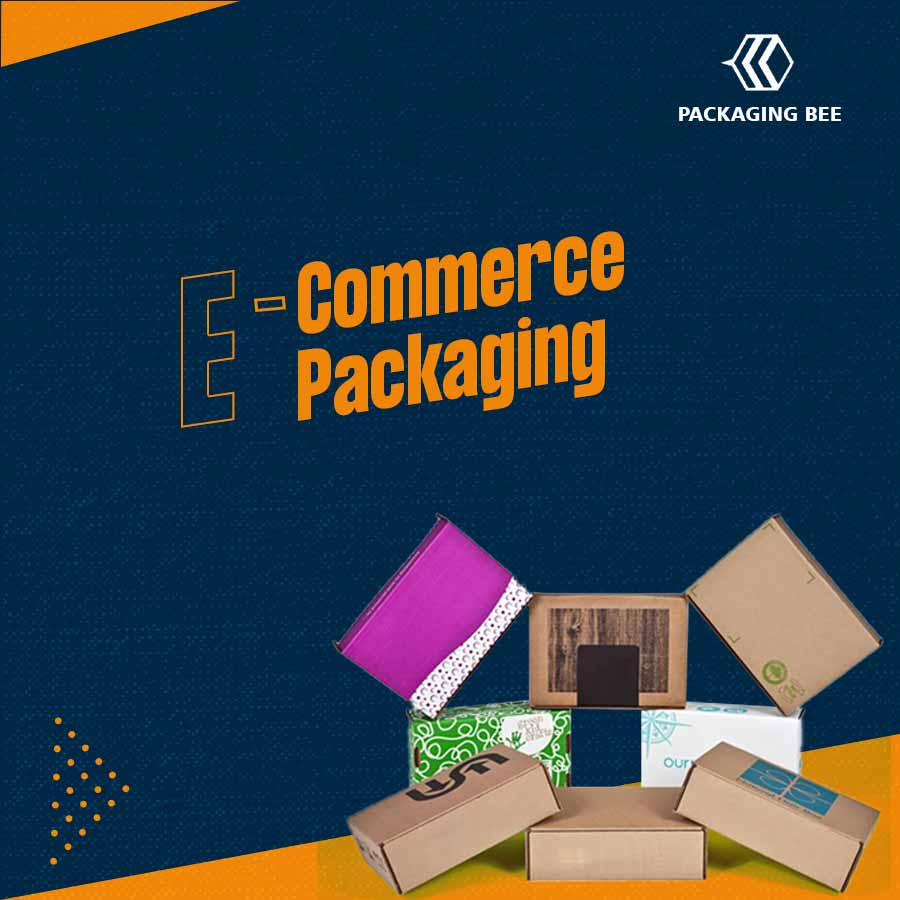
Infill is a kind of packaging material that online retailers employ to preserve the contents of their shipments from the inside out. E-commerce companies can sometimes add infill to their packages, which is also often referred to as void fill or padding. This helps to ensure that the goods will not shift about within the box while it is being sent. Infill not only offers extra padding but also safeguards the product from being damaged while in transit, ensuring that it will be in pristine condition when it is delivered to the doorstep of the consumer.
The following categories of infill are the most often encountered:
- Bubble Wrap
The use of bubble wrap as an infill material is highly recommended for delicate yet heavy objects, such as flat-screen televisions and kitchen appliances. After opening the container, your clients will probably have fun bursting the individual bubbles. Remember that since bubble wrap is composed of plastic, it is difficult to recycle and should not be recycled at all if at all possible.
- Kraft Paper
The versatility of Kraft paper lies in the fact that it can rip or cut into any shape or size that is required. You can even crumple up the paper and stuff it into the gaps in the box this way.
- Packing Peanuts
Although packing peanuts is widely available and simple to implement, the process of working with them can be a messy one, both for you and for the people you serve. Styrofoam, the material that packing peanuts are often composed of, cannot be recycled and is not environmentally friendly as a result. This is another disadvantage associate with the use of packing peanuts.
There are packing peanuts available that are produced from cornstarch and can dissolve in water; despite this, dealing with them can be rather messy.
- Air Pillows Or Air Cushions
Air pillows are often sold in the form of tubes and are comprised of many tiny pieces of plastic that have been hermetically sealed and filled with air.
Because they do not contribute much to the overall weight of your shipment, air cushions are an excellent option for infill that is also budget-friendly. However, given that they are composed of plastic, they do not contribute positively to the health of the environment.
A Closing Remark
The term “e Commerce packaging” refers to the method by which you safeguard your goods before it is sent, develop an identity for your business, and control the expenses of transporting them. A product’s reputation for quality and safety, as well as its ability to attract customers and serve as a point of difference and marketing for the whole offering, all benefit from attractive and remarkable packaging. Mailing envelopes and cardboard boxes are the most common types of shipment containers. Envelopes designed for mailing are ideal for protecting light yet robust products. At Packaging Bee, they are available in a variety of materials, including paper, paperboard, plastic, and cushion mailers, among others. Boxes manufactured from corrugated cardboard are the best option for transporting bulky, delicate, and expensive items.
You should think about selecting the appropriate colors for your brand, as well as determining the weight cost, as well as the materials used for both the outside and inside packaging.



